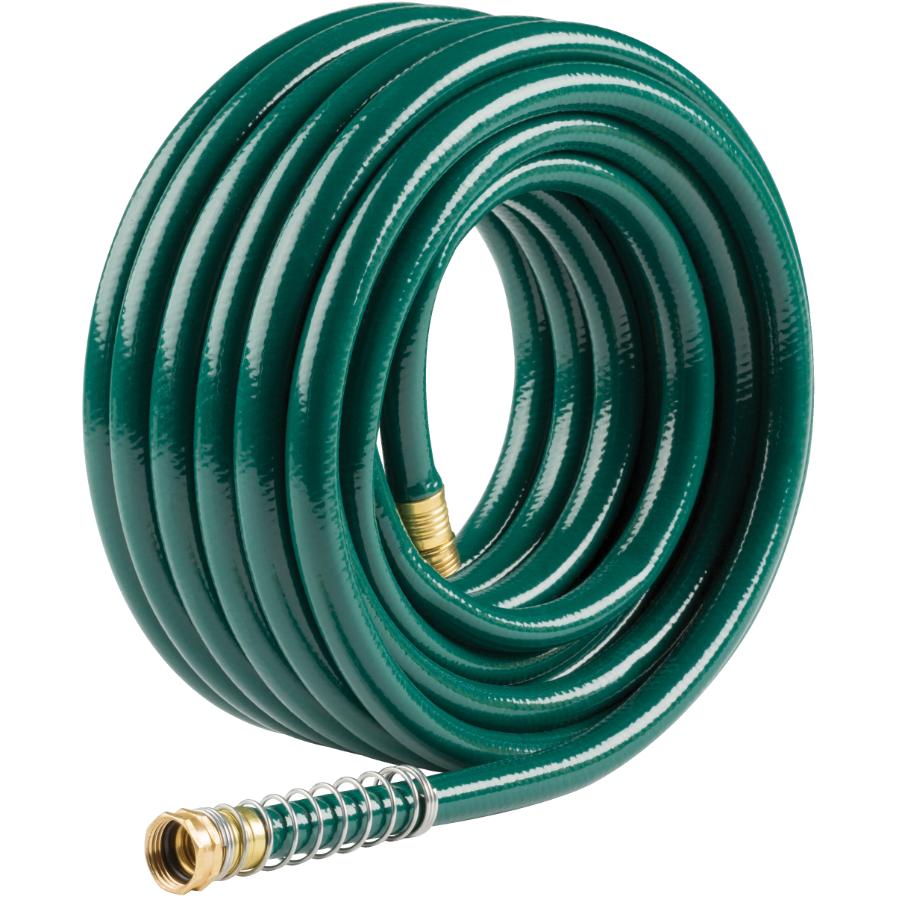pvc air hose vs rubber
PVC Air Hose vs. Rubber Air Hose A Comprehensive Comparison
When it comes to pneumatic applications, choosing the right air hose is crucial for optimal performance and durability. Two popular types of air hoses are PVC (polyvinyl chloride) and rubber. Each material has its own unique set of advantages and disadvantages. In this article, we will examine the key differences between PVC and rubber air hoses to help you make an informed decision.
Durability and Flexibility
Rubber air hoses are known for their exceptional durability. They can withstand extreme temperatures, making them ideal for outdoor use or environments with fluctuating conditions. Rubber is also less prone to cracking and degradation from exposure to sunlight and ozone. This resilience ensures a longer lifespan compared to many other materials, making rubber hoses a reliable choice for heavy-duty applications.
On the other hand, PVC air hoses are generally lighter and more flexible than rubber hoses. This flexibility allows for easy maneuverability and storage, which is beneficial in situations that require frequent handling or transportation. However, PVC hoses may not perform as well as rubber hoses in extreme temperatures and can become rigid in cold weather, which can limit their usability in outdoor conditions.
Weight and Portability
One of the most significant advantages of PVC air hoses is their lightweight nature. This feature makes them more portable and easier to handle, especially for users who need to transport their tools frequently. The lightness of PVC hoses also contributes to less strain on pneumatic tools, enhancing overall efficiency in various applications.
pvc air hose vs rubber

In contrast, rubber hoses are typically heavier, which may make them cumbersome for some users. However, many professionals prefer rubber hoses in industrial settings where durability takes precedence over weight.
Cost Considerations
When it comes to price, PVC air hoses are generally more affordable than rubber hoses. This lower cost makes them an attractive option for casual users or hobbyists who may not require a hose with maximum durability. For those looking for a budget-friendly choice for light to moderate use, PVC hoses are a great value.
However, while rubber hoses may come with a higher initial price tag, their longevity and durability can lead to cost savings over time, particularly for regular users in industrial or professional settings. Investing in a quality rubber hose can reduce the frequency of replacements and maintenance.
Conclusion
Ultimately, the choice between PVC and rubber air hoses depends on the specific needs of the user. If you require a lightweight, flexible hose for casual use or in a controlled environment, a PVC air hose may be the best option. However, for heavy-duty applications that demand durability and resilience to harsh conditions, a rubber air hose would be the more reliable choice. By understanding the differences between these two materials, you can make a well-informed decision that best suits your pneumatic needs.
-
Upgrade Your Water Management with Premium PVC Water Hoses by Leading ManufacturersNewsMar.12,2025
-
Understanding PU Pneumatic Hose: A Comprehensive GuideNewsMar.12,2025
-
Transform Your Gardening Experience with Premium PVC Garden HosesNewsMar.12,2025
-
The Ultimate Guide to Polyurethane TubingNewsMar.12,2025
-
The Essential Guide to Lpg Hose: Safety, Quality, And ValueNewsMar.12,2025
-
Discover the Benefits of PVC Air HosesNewsMar.12,2025














